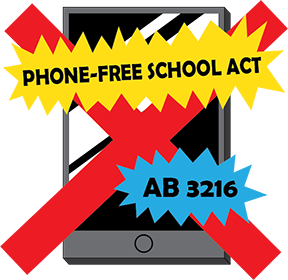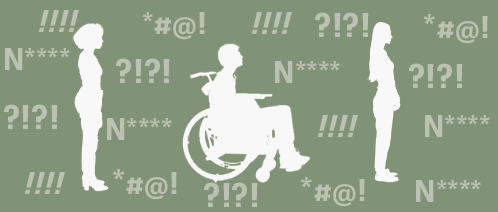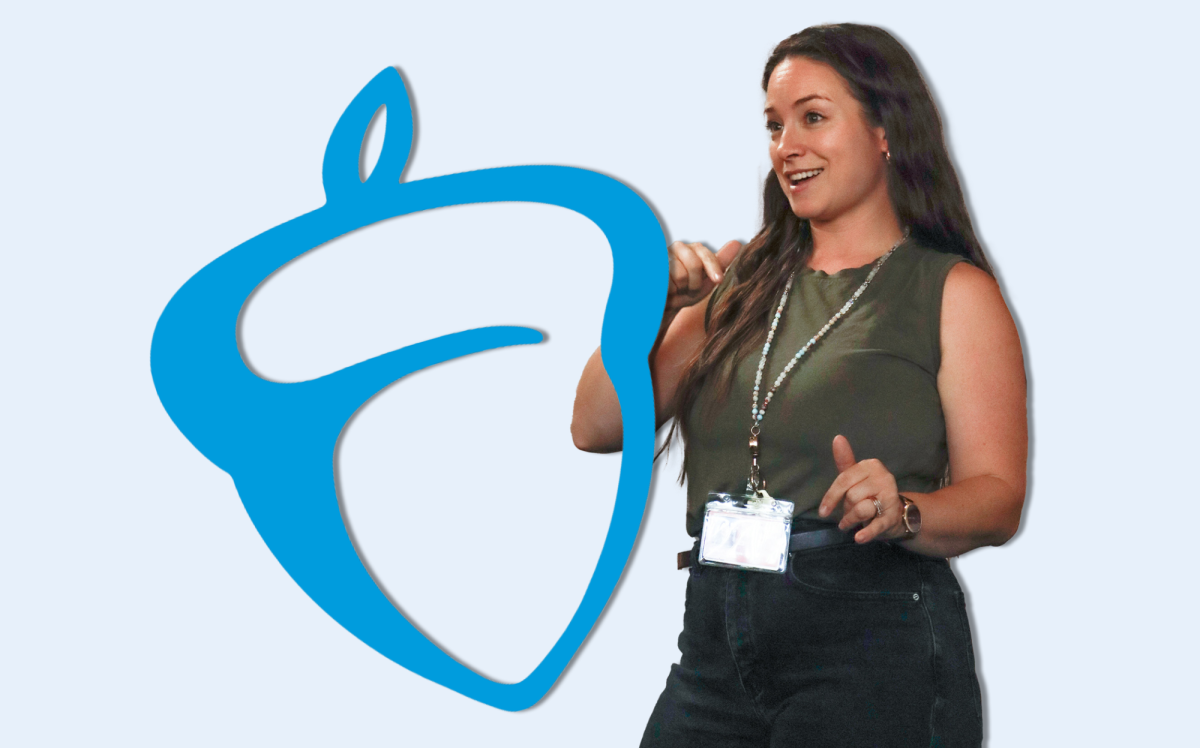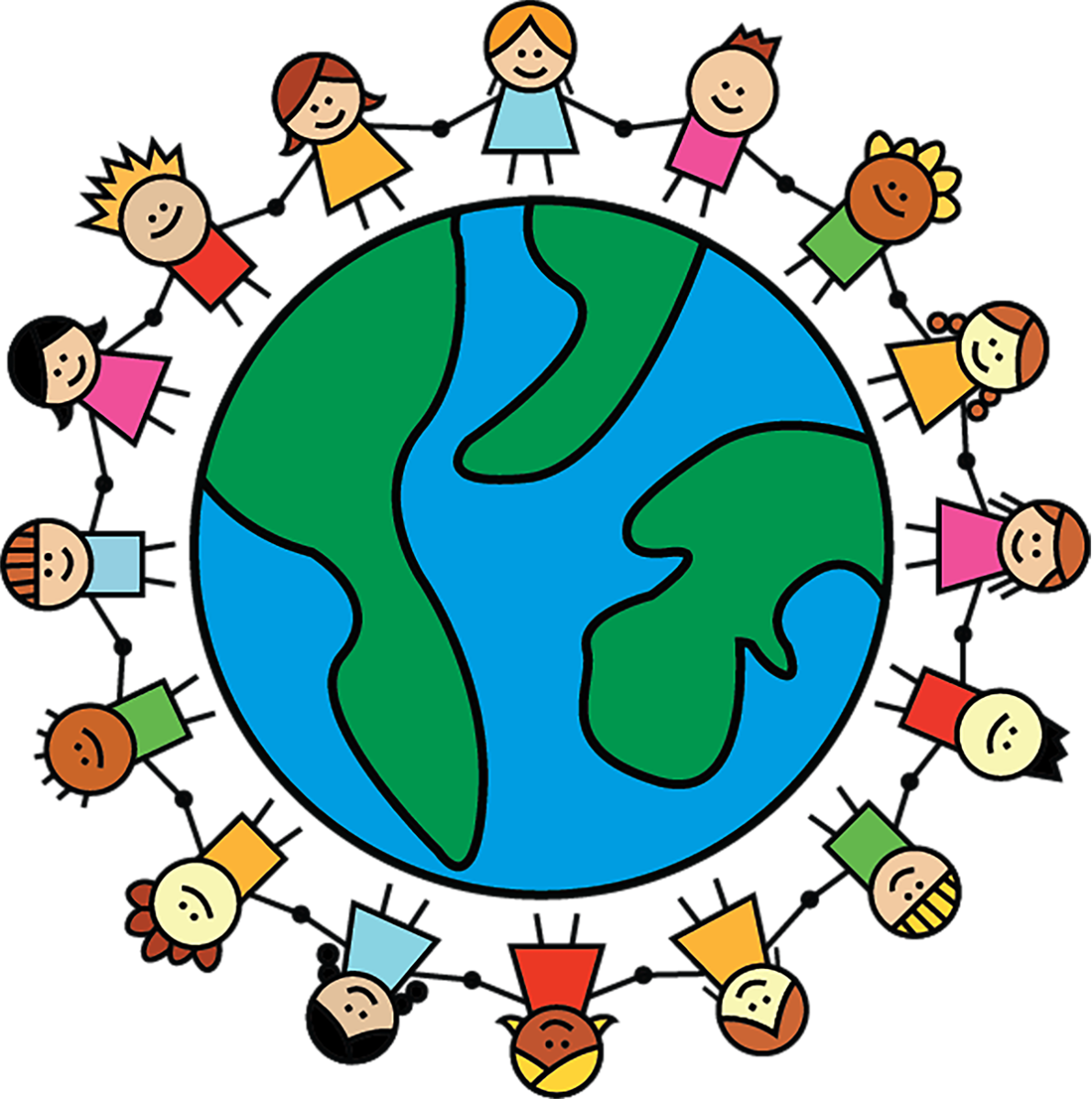“She said, ‘You need to tell me something. You need be honest,’ I said.’I’m trying to but I can’t. Because you know my status and I’m out of status and I have the family that I need to support’ and she said,’You know we go from there. We [are] going to help you and then you need to work like only eight hours not 24/7.’”
This is the story of Filipino human trafficking victim – and survivor – Carolina Breganas, who was taken advantage of here in Paso Robles. From New York City hubs to small-town suburbs, human labor trafficking continues to be a prominent worldwide issue for men, women and children alike.
Let’s be clear what we are talking about: trafficking occurs when a person is involuntarily enslaved through force or fraud into job, transportation, labor or services, defined fully in the “Trafficking Victims Protection Act of 2000.”
Labor trafficking most com
monly includes situations of debt bondage, forced labor, and involuntary child labor. Traffickers use violence, threats, lies, and other forms of intimidation to force people into working against their will in many industries. Common types of labor trafficking can be identified as domestic servitude, farming coerced through violence as they harvest crops, or factory work held in inhumane conditions with little to no pay.
Breganas, brought into the U.S. in 2007, knew little about the country, its people, its language, or its labor laws. Because of this, she was easily taken advantage of by her “employers,” who, though promising to pay her $100 per month, rarely did.
“And it’s hard for a person, it’s hard because I have no idea. I don’t even know about the rules and the law in the U.S. As far as I know I’m working, I’m earning money, but the money that I earn is not enough with this.” Breganas said.
Her employers, out of fear of being caught by police, urged her to stay behind closed doors, speaking of horrible things they would do if they were found. These lies were enough to convince the Filipino native.
“The owner of the house said, ‘There is a sheriff’s department… going around to the neighborhood. It’s part of the immigration. So you need to stay home,’” Breganas said. “So every time I look out by the window, and I see a sheriff’s car or patrol, I just hide. I just close the curtain.”
After two and a half years of living in the dark world of forced labor, Breganas finally developed the courage to reach for the light and get help from a good friend, Barbara Vincent. At that point, it was help she desperately needed. Vincent always invited her for dinner, and Breganas’ answer was always the same, “I can’t.”
But Vincent, “she’s nosy,” and eventually figured out the situation her friend was in. Vincent confronted Breganas about her workload, and from there, hesitantly, Breganas explained as little as she could. She was worried that she’d be sent back to the Philippines if she said too much, and she couldn’t stop the flow of money back to her family.
“I called Barbara, ‘Barbs I don’t have plan in here, but I just want to leave the place because I get so really tired, and this is not the life that I [have] been expecting here. I thought that I could give good future to my kids, but it’s not, and I rather go home at least I can get three meals a day. But in here, no,’” Breganas said.
Stories like this are sadly common. The current top seven U.S. states most highly at risk for human trafficking are South Dakota, New Hampshire, Delaware, Colorado, Utah, Arizona, and North Carolina, in order of highest to lowest danger rate. Across the globe, the top 10 countries for human trafficking are China, Ghana, Uganda, Nepal, Sri Lanka, India, Pakistan, Haiti, Brazil, and Bangladesh.
Fifty percent of all human trafficking victims are children, therefore placing them in the greatest risk. These children come from all backgrounds and are often transported through illegal smuggling. Of every three children captured, two are girls and one is a boy.
three children captured, two are girls and one is a boy.
Trafficked children can be lured to and from the U.S. through the promises of school, work and the ability to send money back to their families. Some children are even sold to traffickers by their families, who may or may not have an understanding of what will happen to the child later on, or if they will ever see them again. U.S. born children are known to be trafficked within the U.S. as well, coming from any racial group or economic background, trafficked within both city and rural areas.
Though children are at the greatest risk, men and women of any and all ages are also caught in the trafficking net. Worldwide, between 600,000 to 800,000 people each year are bought and sold across international borders with the intentions of forced labor or commercial sex, with 20.9 million victims worldwide as of 2012.
“But the thing [is]… sometimes I think resources [are] really important for the victim. What my experience is… they appointed me to social service for some assistance. Then I get assistance, I get food stamps,” Breganas said, stressing the importance of aid in situations like hers.
Luckily for victims in similar predicaments, help is on the way. To reduce the devastating numbers of people across the globe being affected by human trafficking, hundreds of hotlines have been established across the web, including the National Human Trafficking Resource Center, open 24 hours a day, seven days a week. The goal of these hotlines is to provide emergency aid to an individual or a family trapped in a trafficking situation, regardless of reason. Fluent in over 200 languages, the NHTRC aims to do just that, in part by providing information about the topic. The NHTRC received 24,757 victim signals in 2015, and 115,325 signals in total since December 2007. Human trafficking is a crisis that is very real.
“Even now, every time I see a car patrol or a sheriff I get so scared. When I’m driving I need to stop and to calm myself. It’s been five years, but [it’s] still there,” Breganas said.







